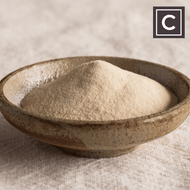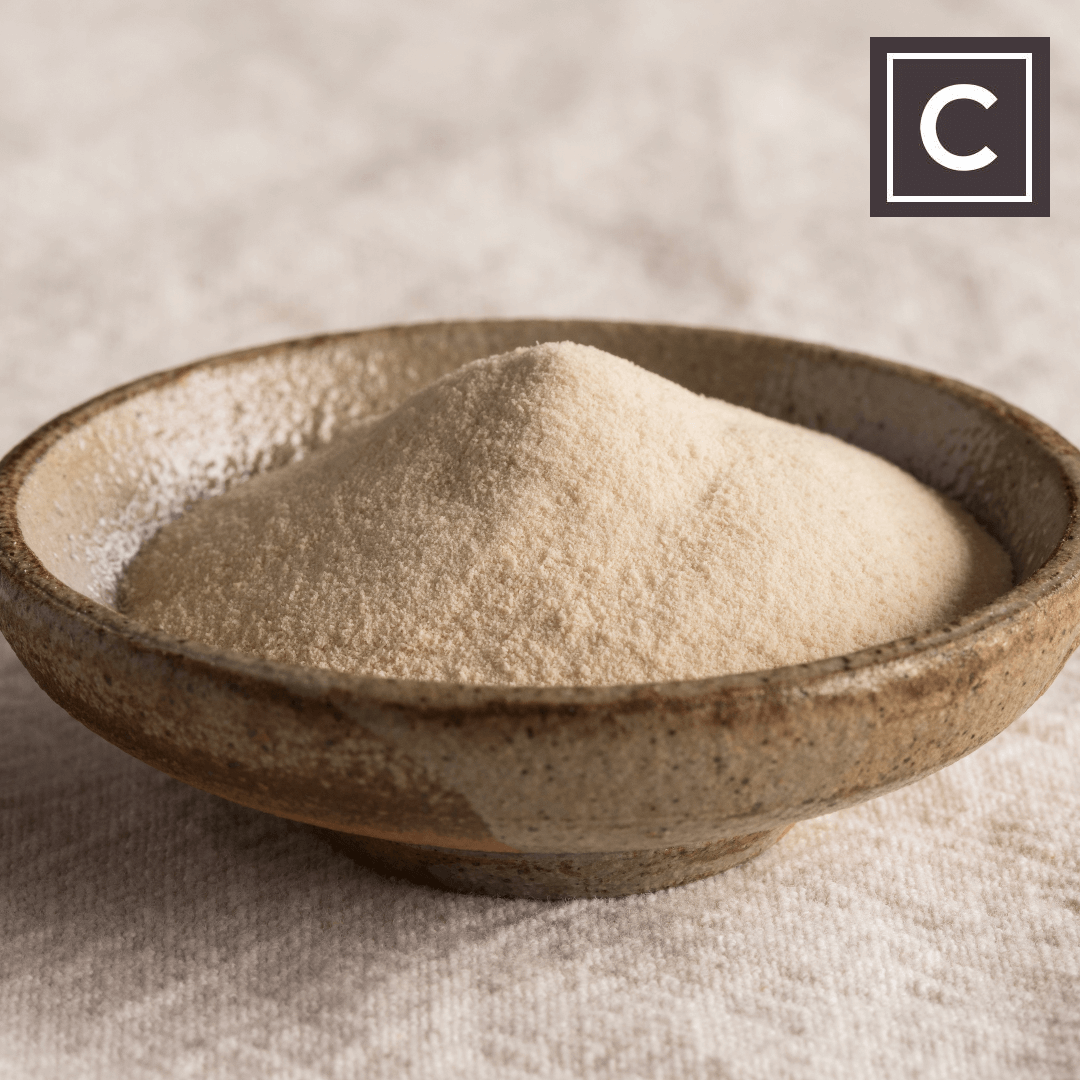Ingredient Glossary: Agar-Agar
Posted by Emily on 1st Dec 2019 Reading Time:
Comparable in texture to jelly, agar-agar serves as a setting agent for terrines, custards, and creams. Learn how to buy, store, and prepare dishes using agar-agar.
Originally discovered in Japan in the mid-17th century, this jelly-like substance is derived from certain red algae - tiny saltwater organisms distantly related to larger seaweeds. A related Western alternative is Carrageenan, also known as Irish Moss.
Primarily flavourless, it is available either as a powder or in flake form that needs to be boiled with a liquid, such as fruit juice or coconut milk. Compared to gelatine-based jellies, it sets much more firmly and has a higher melting point.
In Japan, agar-agar forms the basis for an array of vibrantly coloured, glossy, and unusually flavoured sweets, available in various shapes like cubes, twists, and strips. In Western countries, it serves as a vegetarian alternative to gelatine and can be found in a diluted form in ice creams or in savoury sauces, including soups. It also serves as a growth medium for laboratory cultures.
Availability
Available from specialist shops and online.
Selection Tips
Opt for unflavoured agar-agar for greater versatility.
Storage
Stored in a dry, cool place, it has a long shelf life.
Preparation
A small quantity of dried agar-agar is usually added to a liquid, brought to a boil, and simmered for up to five minutes. Upon cooling, it will set. Boiling may diminish the fresh, full flavour of some ingredients; using undiluted, acidic fruit juices may require up to 25% more agar-agar. Experimentation will quickly indicate the preferred ratios and resultant textures.
Uses
Agar-agar has various applications, particularly in vegetarian cuisine. It can be used to create a stable jelly in vegetable or fruit terrines or for simple culinary creations like beetroot suspended in a fruit-infused vinegar jelly. It can also hold savoury and sweet elements in wine jellies, for instance, a combination of chicken and mango in a Muscat wine jelly. Additionally, agar-agar can set a wide range of fruit purées, custards, and creams. It can even serve as a layer in cakes where meat-based gelatine would be inappropriate, such as a vegetarian raspberry jelly in a chocolate cake.



